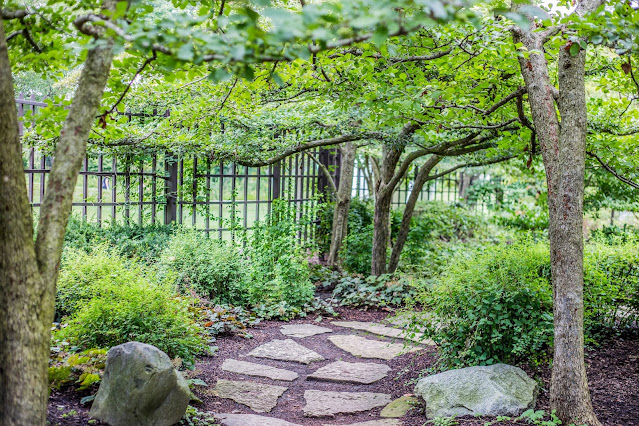The benefits of stone fireplace refacing and some DIY tips

For many people, the stone fireplace is the centerpiece of their home. It's a gathering place for family and friends, and it's a source of warmth and comfort. However, stone fireplaces can also be expensive and difficult to maintain. Stone fireplace refacing is a great way to update your fireplace without breaking the bank. Stone veneer is a thin layer of stone that can be applied directly to your existing fireplace. It's easy to install and much more affordable than traditional stone fireplaces. Plus, stone veneer comes in a wide variety of colors and styles, so you can find the perfect match for your home. If you're looking for an easy and affordable way to update your fireplace, stone fireplace refacing is the way to go. How to remove your old fireplace mantel and surround If you're looking to refresh your old fireplace, one of the first things you'll need to do is remove the mantel and surround. This can seem like a daunting task, but with a little patience


